How to Make a Butterfly Garden – Step-by Step Guide
-
- Last updated:

Creating a butterfly garden in your yard is a great way to encourage these fluttering little beauties to visit and even stick around from year to year. The process is relatively simple and only requires a small amount of research on your part.
Butterfly gardens can provide enjoyment for the whole family. Children and adults alike love watching butterflies flutter around from plant to plant, rest their wings on garden furniture, and provide many photo ops for you too.
With a few simple steps, you can have your butterfly garden attracting local butterflies a few short days later. And if you set it up correctly, your butterfly garden may even turn into a butterfly sanctuary with the new generation of caterpillars growing up under your care.

How to Make a Butterfly Garden in 3 Easy Steps
Step 1: Find the Right Garden Spot

Depending on the size of your yard or property, you may have a few options when it comes to where to place your butterfly garden. There are a few things to consider before you start planting butterfly-friendly plants, so let’s go over those now.
Provide a Windblock
Strong wind can make it difficult for butterflies to fly, so having a windblock to prevent strong wind and only allow a gentle breeze to circulate around the plants is important. Try using shrubs, bushes, or trees to help break up a strong gust of wind.
You don’t want to add too many trees, however, as this may end up attracting birds which can be a risk to butterflies and their caterpillars. You can even add trees such as willow, poplar, and dogwood that can double as a food source for hungry caterpillars.
Keep it Sunny
Like many of the plants you will have in your butterfly garden, sun is essential for the health of adult butterflies. They need several hours of warm sunshine per day to function normally.
The most desirable garden for adult butterflies to visit often is one that includes sunny resting areas. You can provide sunny basking spots by placing flat stones, bricks, or other heat-absorbing items around the garden.
Don’t Forget Water
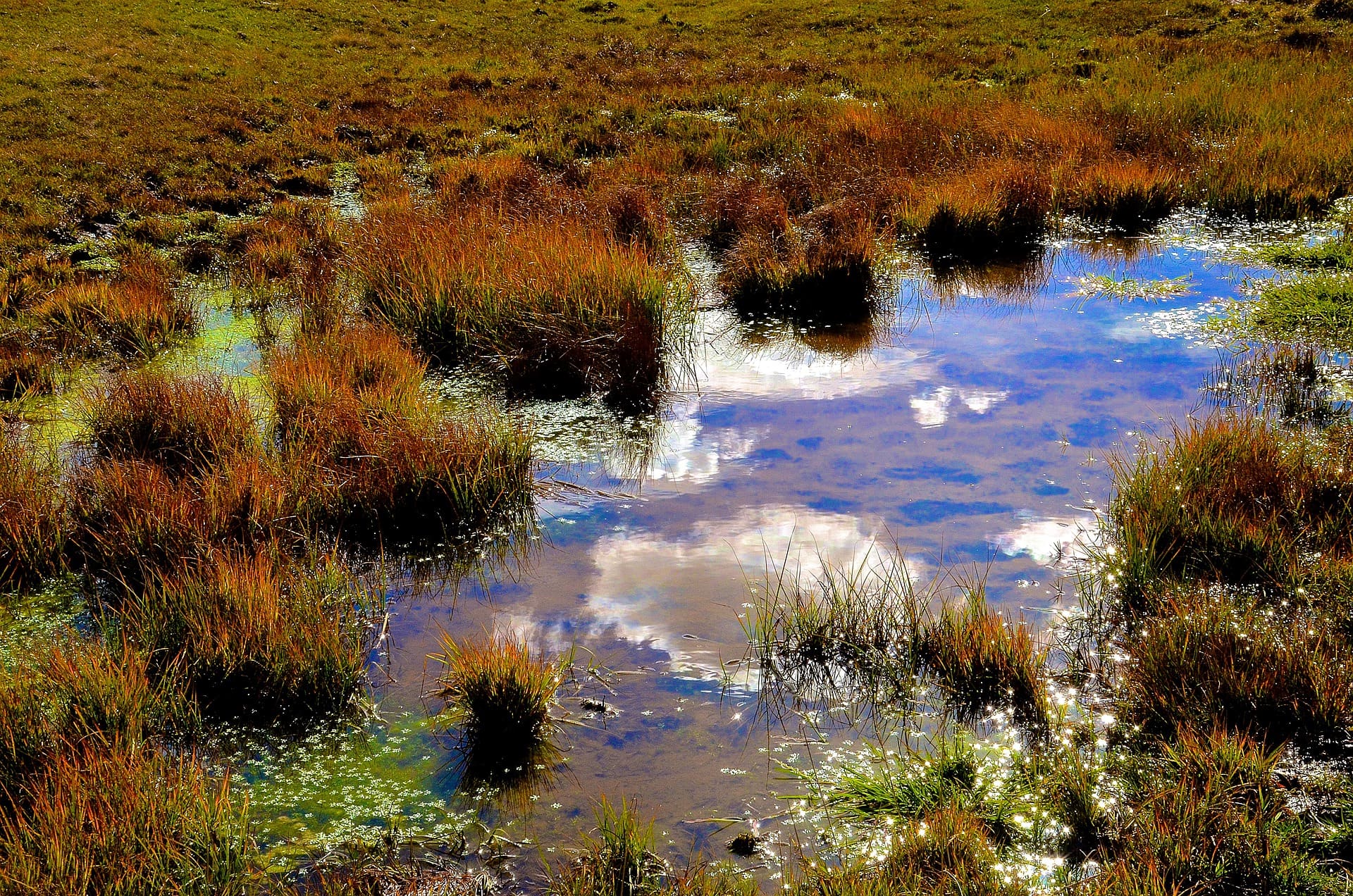
Every living thing needs water, and butterflies are no different. While most of their moisture needs will be met by the nectar they get from your flowers, a small section of constantly moist soil will not be ignored and may attract dozens of butterflies at once.
These small puddles not only act as a water source, but can also provide some of the much needed micronutrients a butterfly needs such as dissolved salt and minerals.
Step 2: Choose the Right Plants
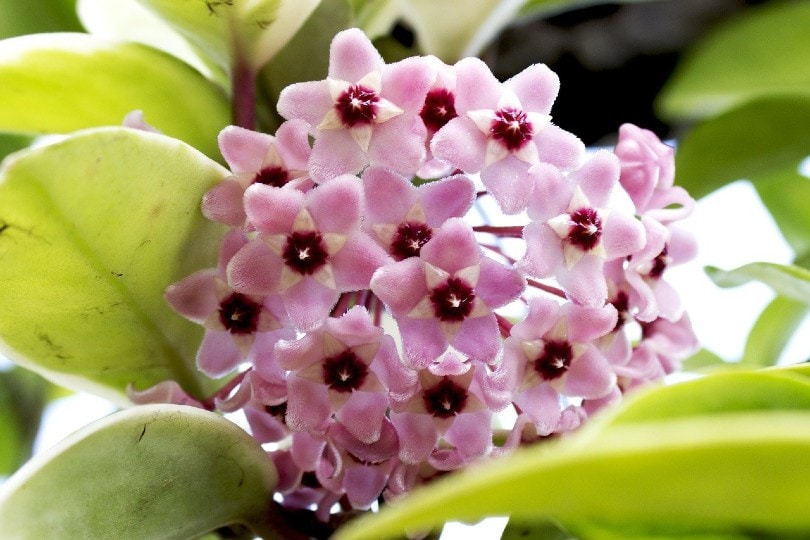
Walking into any garden store, it’s easy to be overwhelmed by the sheer number of plants available. There are annuals, semi-annuals, perennials, and more. You’ll find large flowers with massive blooms, some that remain leafy all year, and others that like to vine on anything they can reach.
Plants for Your Locale
When deciding on which plants to add to your butterfly garden, opt for plants that naturally grow in your location. These plants will have the best effect of attracting your native butterflies. You can always add in non-native flowering plants as well, but ensuring you have at least some native plants can encourage the arrival of local butterfly populations.
Plants for Caterpillars
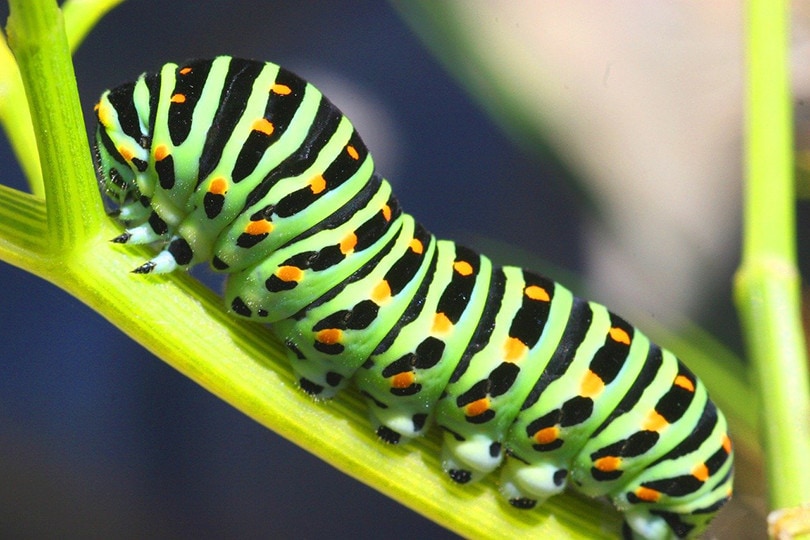
Caterpillars don’t require blooming plants like butterflies do. In fact, if you plant some leafy plants, herbs, or vegetables in your garden, it may end up being the most attractive option for caterpillars to start their life cycle on.
Some caterpillar-friendly plants you can add to your butterfly garden include:
- Milkweed is the singular food source for Monarchs
- Nettles are popular with Admirals, Commas, and Painted Ladies
- Common Violets are great for Fritillaries
- Chives, Dill and Parsley are loved by Swallowtails
- Strawberry and Mint are great for Hairstreaks
- Clovers are enjoyed by Dogfaces, Sulfurs, and Tailed Blues
- Snapdragons are a favorite with Buckeyes
Plants for Adult Butterflies

After you have selected your caterpillar-friendly plants, it’s important that you have nectar producing plants for the adult butterflies. Afterall, you not only want to encourage butterflies to lay their eggs in your garden, but you also want them to stay around once they can fly.
If you visit a garden store or plant nursery, you may notice several plants labeled as “butterfly friendly.” These plants are usually a good nectar producing species that can provide a meal for several species of butterflies.
Flowering plants that butterflies love include:
- Beebalm and Mondara hybrids are a big hit with Swallowtails
- Yarrow is enjoyed by Hairstreaks, Admirals and Coastal Ladies
- Phlox is a favorite of Checkerspots, Skippers and Swallowtails
- Daisies will attract Queens, Painted Ladies, Swallowtails, Sachems, and more
- Goldenrod is loved by a wide variety of species including Monarchs
Other plants that should not be overlooked, as they can attract dozens of different butterfly species to your garden, may include:
- Aster
- Butterfly Bush
- Coneflower
- Salvia
- Verbena
Step 3: Encourage Butterflies to Stay
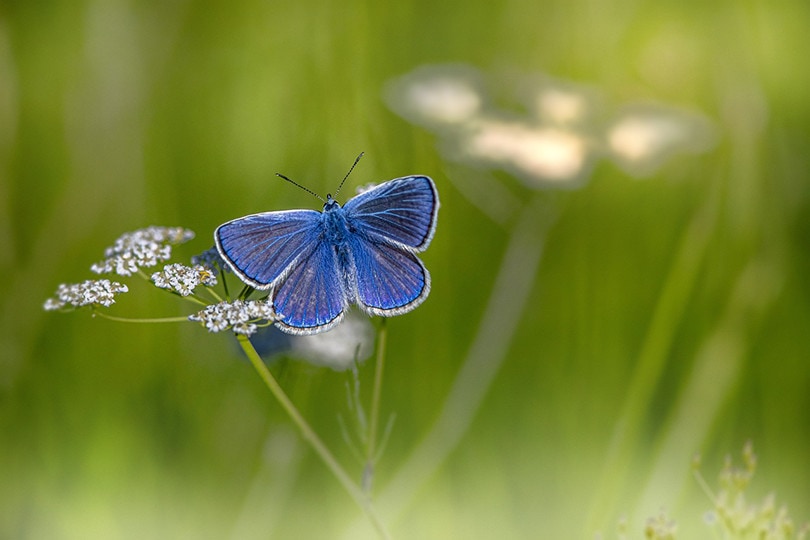
Selecting the right spot and planting the right flowers is about all it takes to create the perfect butterfly garden. But once you attract them, there are a few ways you can help encourage your beautiful butterflies to stay.
Ensure Year-Round Blooms
While most nectar producing plants will bloom in the spring and summer, there are some species that will bloom later in the year to provide a nutritional boost for butterflies that will be overwintering in the area.
These fall and winter blooming flowers include:
- Tatarian Aster
- Cutleaf Coneflower
- Sweet Joe-Pye Weed
- Stiff Goldenrod
- Maximilian Sunflower
Create Mixed Flower Groups
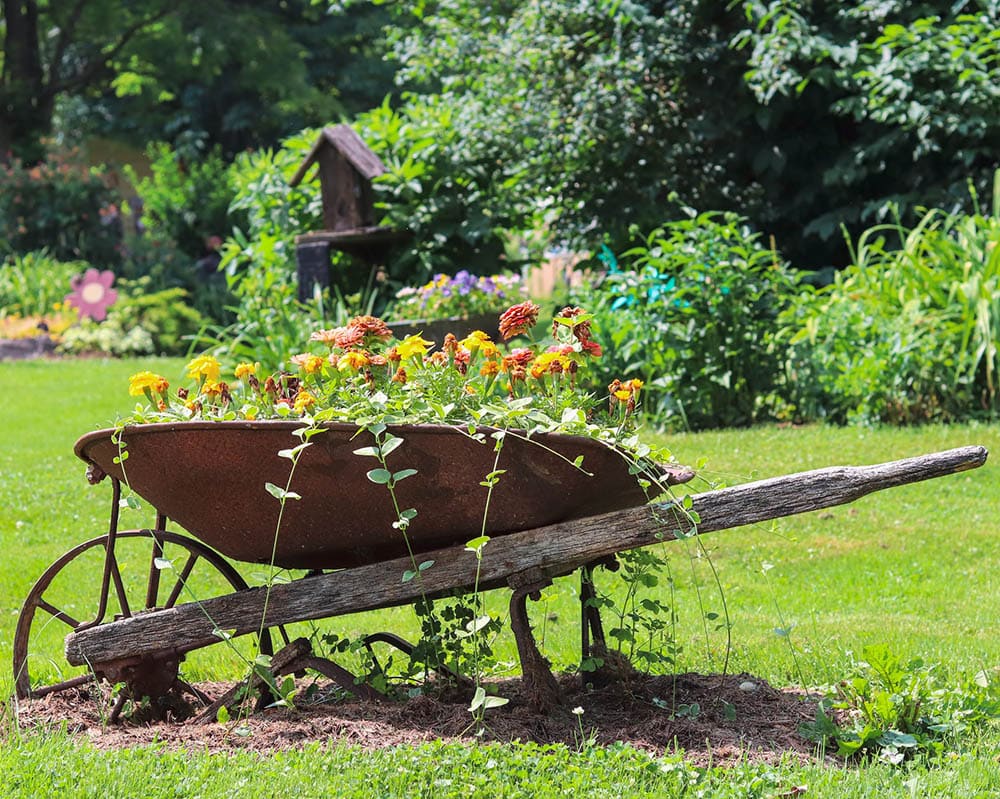
While you might love a single type of flowering plant, such as Coneflower or Daisy, it’s important to provide butterflies with a variety of blooms to choose from. When adding your plants to the garden, try mixing up the species instead of keeping them separated by species so butterflies can flutter around from one flower to the next, sampling each one.
Provide a Special Snack
In addition to enjoying blooming flowers, butterflies also love snacking on overripe fruit. If you happen to have a rotting pear, apple, or other fruit from a nearby tree in your yard, try placing it in your butterfly garden.
Avoid Pesticides of All Types
Pesticides are dangerous no matter how you look at it. If you are wanting to attract butterflies, but don’t enjoy bees or wasps that may also visit the garden, using a pesticide will not help. These chemicals do not distinguish between insects, and what will eradicate the bees will also harm your butterflies.
See also:
Featured Image Credit: JillWellington, Pixabay
Contents

